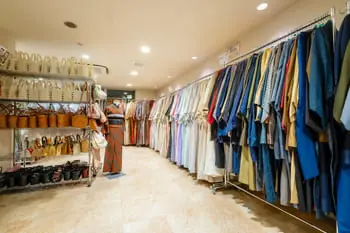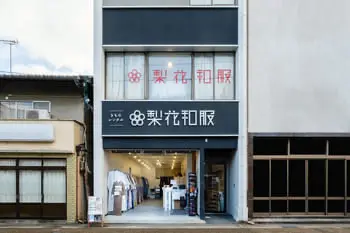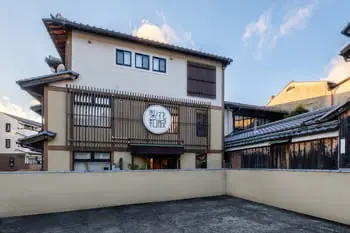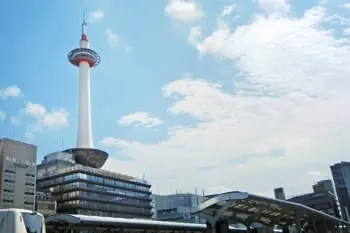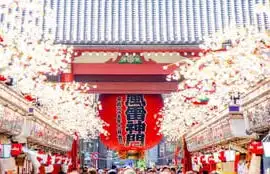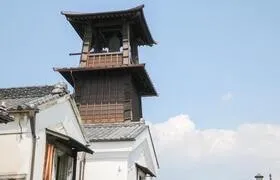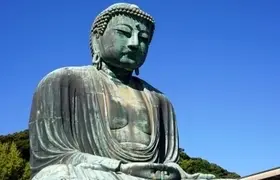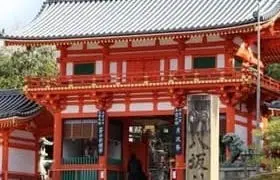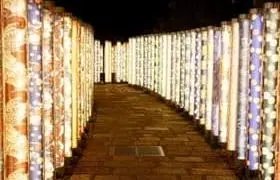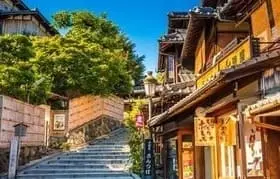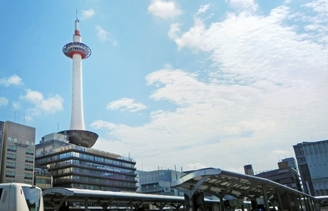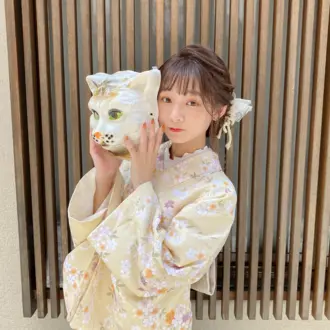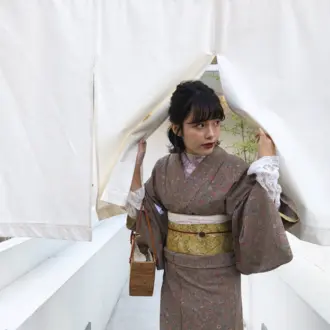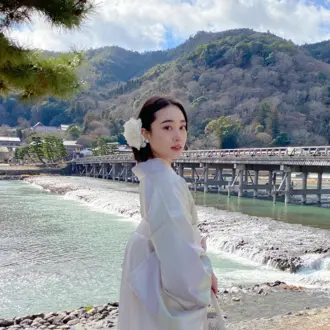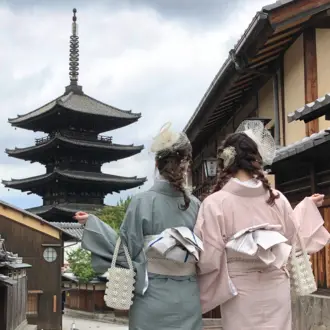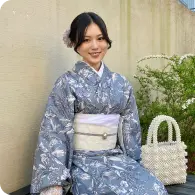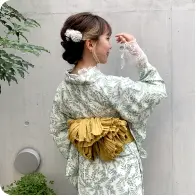Explore Kyoto’s Kimono Culture: Types of Obi and Accessories Explained
When choosing a kimono to rent in Kyoto, the first thing that catches your eye is the color and pattern of the kimono.
Of course, finding that special one is part of the fun, but did you know that the obi and accessories are very important when coordinating a kimono?
Kimonos are something you don’t get many opportunities to wear, so learn about the types of obi and accessories to create a special outfit.
If you want to check out popular kimono outfits from Rinka Wafuku, please click here.
Obi and accessories essential for coordinating a kimono
Small accessories play a crucial role in enhancing your kimono coordination. These include items like “obi-age” (sash scarf), “obi-jime” (obi cord), “obi-dome” (obi clip), and bags for women, as well as “haori” (kimono jacket), “haori-himo” (haori cord), and folding fans for men.
The color and design of these accessories should complement your kimono and obi, creating a harmonious and stylish overall look.
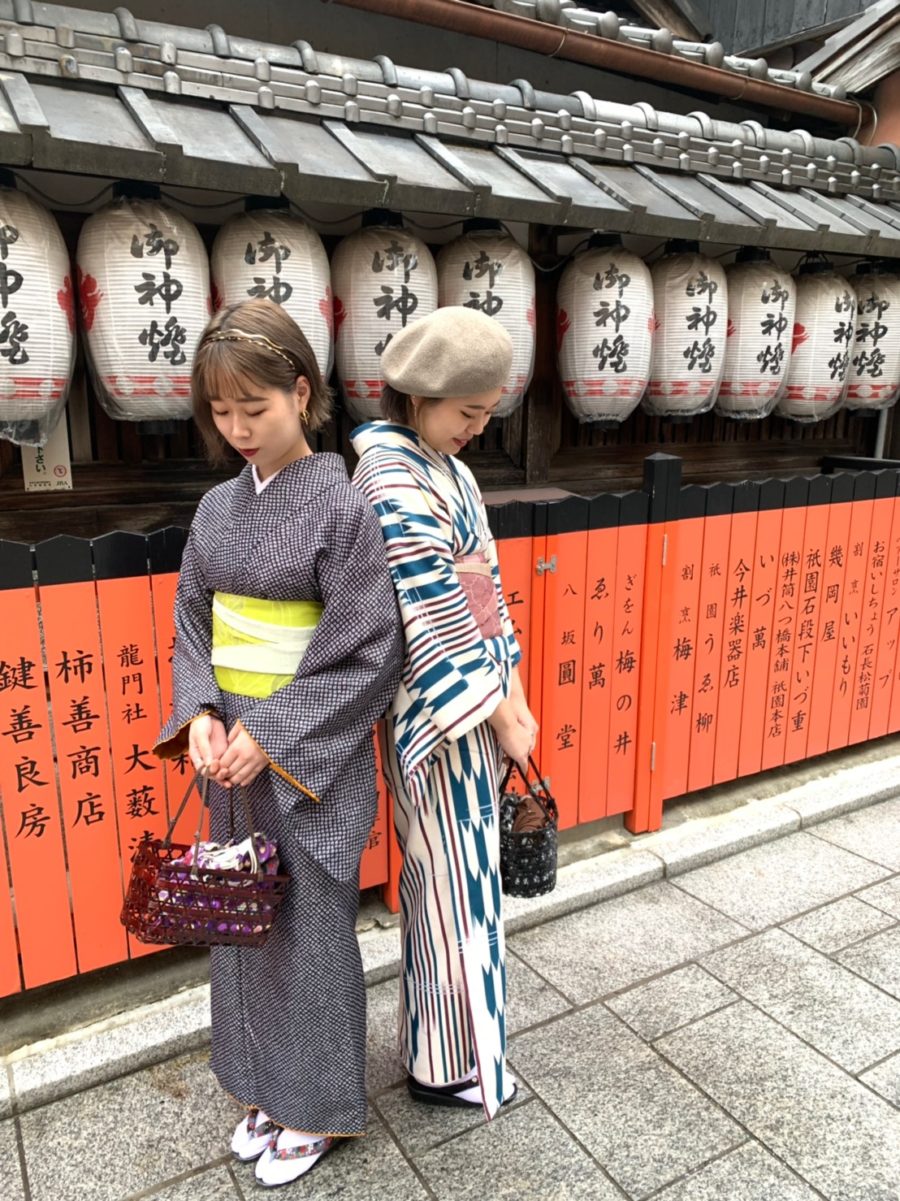
Selecting an obi
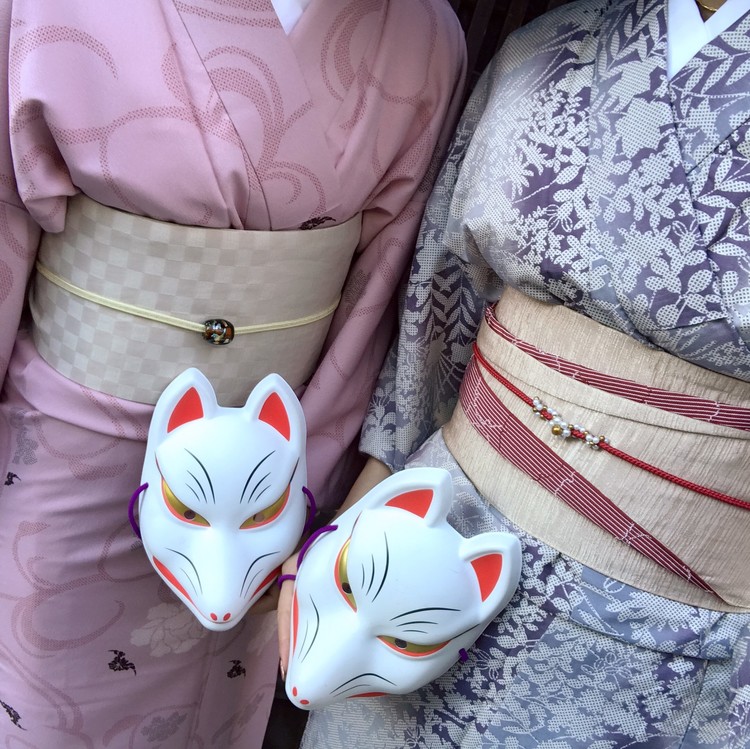
The choice of obi can significantly affect how you showcase the design of your kimono. The way you select your obi can change depending on how you want to present the kimono. Here are some examples of how to coordinate the kimono and obi:
- Choose a similar color to the kimono: This creates an overall harmonious and mature look, ideal for a more sophisticated appearance.
- Choose a contrasting color to the kimono: The obi becomes an accent, similar to a belt in Western fashion, creating a brighter and more striking impression.
- Pair a simple kimono with a patterned obi: The obi’s pattern will stand out, and by making the obi the focal point, you can achieve a fashionable look.
- Pair a patterned kimono with a simple obi: This allows the kimono’s pattern to shine, creating a relaxed and refined impression.
Many people find selecting an obi challenging, even when they’ve already chosen their kimono. Start by considering the image you want to portray, and that will help guide your obi choice!
If you want to learn more about the different types of obi and how to choose them for different occasions, check out this article: Types of Kimono Obi for Different Occasions.
Small Accessories Selection
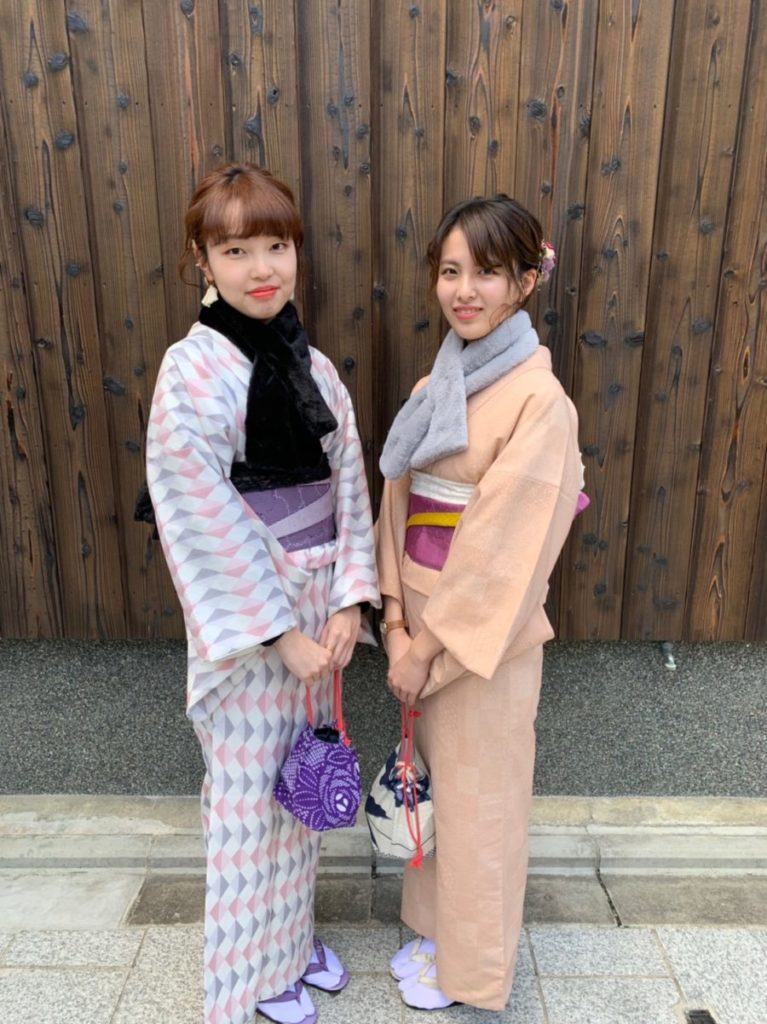
After choosing your kimono and obi, you might think, “Wait, there are still more accessories?” Don’t worry; it’s not as complicated as it may seem!
Think of small accessories as the equivalent of choosing jewelry when wearing Western attire. Just like how adding a necklace, earrings, or a bracelet can add a touch of elegance to your outfit, small accessories are the finishing touches to your kimono ensemble.
If your kimono and obi are the base of your outfit, then small accessories are the “playful” part of wearing kimono. Knowing how to use these accessories can help you create a personalized and stylish look for various occasions.
Types of Obi
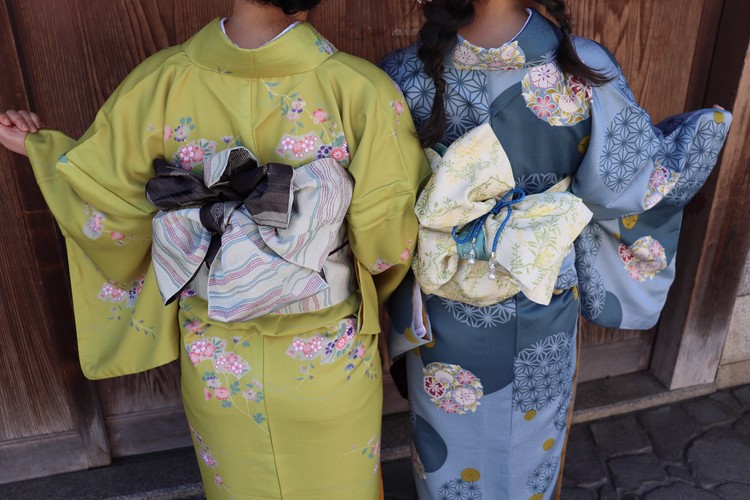
There are both women’s and men’s obis, and among them, there are different levels of formality associated with each type of obi. Depending on the obi’s formality, it will dictate the appropriate kimono to pair with it.
However, once you’ve learned these distinctions, you’ll never go wrong. Enjoy coordinating your kimono outfits!
For Women
Women’s obis come in various types, but we’ll introduce three popular ones here.
① Fukuro Obi
Fukuro obi is one of the most formal types of obi, suitable for events like weddings. It pairs well with formal kimono such as furisode and tomesode. Fukuro obis are typically 4.3 meters long and 31.4 centimeters wide. Due to their length, they offer various tying styles, making them perfect for special occasions.
② Nagoya Obi
Nagoya obi is a simplified version of fukuro obi, making it easier to wear. It comes in a wide variety of materials and patterns, making it suitable for occasions ranging from tea ceremonies to casual outings.
The length of Nagoya obis is around 3.6 meters, shorter than fukuro obis, and it requires different tying techniques. They pair well with kimono such as houmongi, iromuji, and komon. However, please note that they are not suitable for highly formal occasions, unlike fukuro obis.
③ Hanhaba Obi
Hanhaba obi, as the name suggests, is approximately half the width of other obis, measuring 17 centimeters in width. It’s commonly used for yukata but can also be worn with casual and everyday kimono. In recent years, hanhaba obis have become more diverse in terms of colors, patterns, and lengths, making them enjoyable to choose and mix and match for a bold and creative style. They go well with yukata, komon, wool kimono, and tsumugi.
For Men
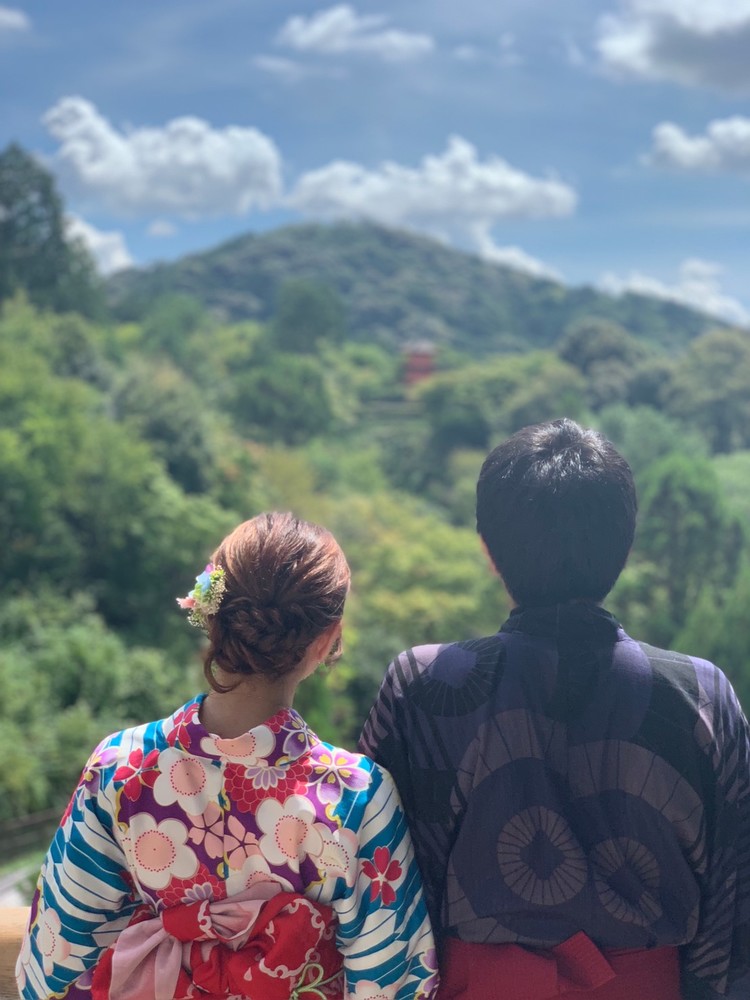
Men’s obis can be categorized into two main types. However, just like women’s obis, there are different levels of formality associated with each type, so it’s important to remember them for various occasions.
① Kaku Obi
Kaku obi is the formal obi for men, typically measuring 20 centimeters in width and around 4 meters in length. You can think of it as similar to the obi worn by rakugo performers.
Since Kaku obi is formal, it can be worn for weddings, various ceremonies, or casually with yukata. It is quite versatile, making it the most practical obi for men.
② Heiko Obi
Heiko obi, which is more commonly used by children and women today, was originally a casual obi for men. It is made from soft and flexible material, making it easy to tie and comfortable to wear. While it’s not considered appropriate for formal outings nowadays, when paired with yukata, it adds a relaxed and stylish touch to your attire.
In addition, at O-Kodama, we manufacture and sell accessories such as kimono obis and business card holders made from the highest quality “Tsumugi” weave, known as “Tsumugi Moto Tzuzure.” With a small team of craftsmen led by the traditional craftsman Shoseki Kodama, we pour our hearts into weaving obis. Be sure to check out more details on O-Kodama’s official website.
Types of Accessories
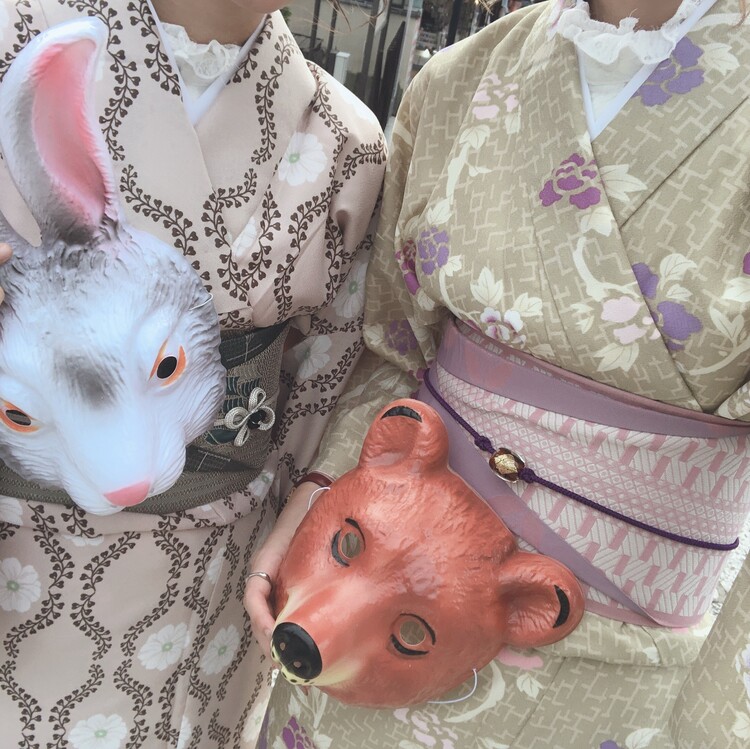
For Women
① Obiage
Obiage refers to the cloth tied at the top of the obi. Generally, lighter colors are chosen for formal occasions, while vibrant colors are preferred for casual wear.
② Obijime
Obijime is a thin cord that is tied over the obi. Typically, it matches the color scheme of the obiage, creating a coordinated and polished look.
③ Obidome
Obidome is an accessory attached to the obijime. While it is not strictly necessary, it adds a touch of elegance and flair to the overall ensemble.
④ Bag & Sandals
Surprisingly, there are no strict rules for bags and sandals unless you’re attending a formal event. Opt for comfortable and practical choices, and consider smaller-sized bags for a balanced look.
For Men
Men have significantly fewer accessory options compared to women, but this means that skillful use of accessories can make you stand out.
① Haori & Haori Himo
Although these are larger accessories, I highly recommend wearing them. A haori adds a sense of dignity to your outfit, and the choice of haori himo (cords) is a display of your personal style.
② Nobukuro Bag
For men who usually keep their smartphones and wallets in their pockets, I recommend the Nobukuro bag. It’s a small bag designed for traditional Japanese attire, and you can choose from various designs.
③ Folding Fan (Sensu)
Perhaps due to the heat, you often see men sweating profusely in yukata at festivals and other events. Rather than dripping with sweat, holding a folding fan and enjoying the heat looks much more charming.
Conclusion
Selecting accessories is also an enjoyable part of wearing kimono.
However, if you’re unsure about choosing on your own, there’s no need to worry.
With kimono rentals, the staff can assist you in making choices, so you can select with confidence.
Discover your perfect outfit and enjoy the experience!
In this article, we introduced traditional Japanese kimono culture, including kimono obis and accessories. For more information about Japanese traditional culture and artisans beyond kimonos, you can visit “Wa-Gokoro – A Web Media Showcasing Japan’s Traditional Culture and the Charm of Artisans.” Please feel free to explore it for more insights.
Author of this article
Kyoto Kimono Rental Rika Wafuku operates four kimono rental shops in Kyoto city, including locations in Arashiyama, Gion, Kiyomizu Temple, and in front of Kyoto Station. In 2023, they served over 230,000 customers in the Kyoto area!
They offer affordable plans, with a kimono dressing plan starting from 3,500 yen, and a hair setting plan from 5,500 yen.
Close to popular tourist spots such as Togetsukyo Bridge, Kiyomizu Temple, Yasaka Koshindo, and Yasaka Shrine!
Kyoto Kimono Rental Rika Wafuku
Kimono Rental Rika Wafuku Gion Store
Kimono Rental Rika Wafuku Arashiyama Store
Kimono Rental Rika Wafuku Kiyomizu Temple Store
Kimono Rental Rika Wafuku Kyoto Station Front Store

